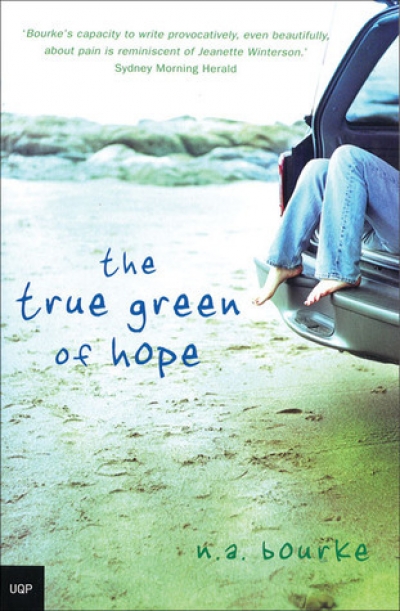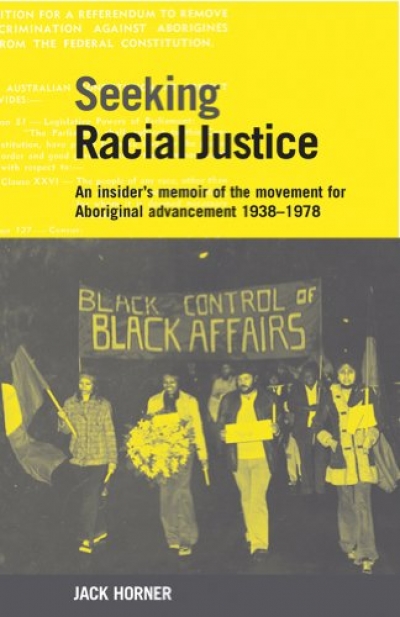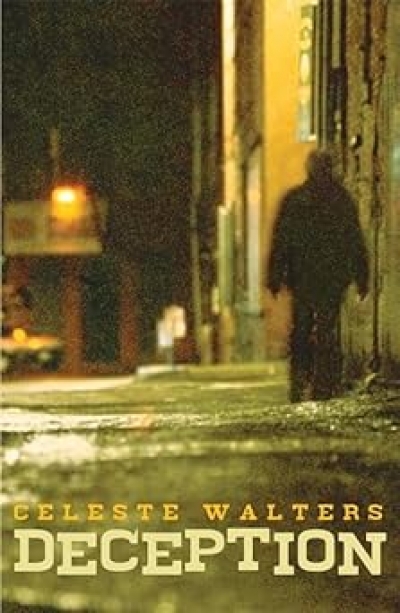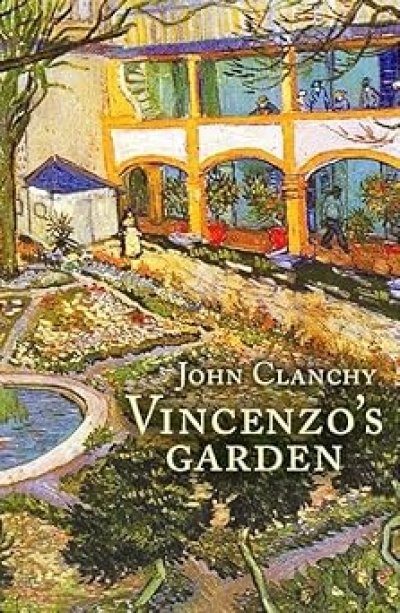UQP
Sign up to Book of the Week and receive a new review to your inbox every Monday. Always free to read.
Recent:
Paper Empires: A history of the book in Australia, 1946-2005 edited by Craig Munro and Robyn Sheahan-Bright
by Paul Brunton •
The Flower, The Thing by M.T.C. Cronin & The Last Tourist by Jane Williams
by Rose Lucas •
The Collected Verse Of Mary Gilmore: Volume 1 1887–1929 edited by Jennifer Strauss
by Vivian Smith •
The True Green of Hope by N.A. Bourke & The Eyes of The Tiger by Manfred Jurgensen
by Gaylene Perry •
Seeking Racial Justice by Jack Horner & Black and White Together by Sue Taffe
by Matthew Lamb •











